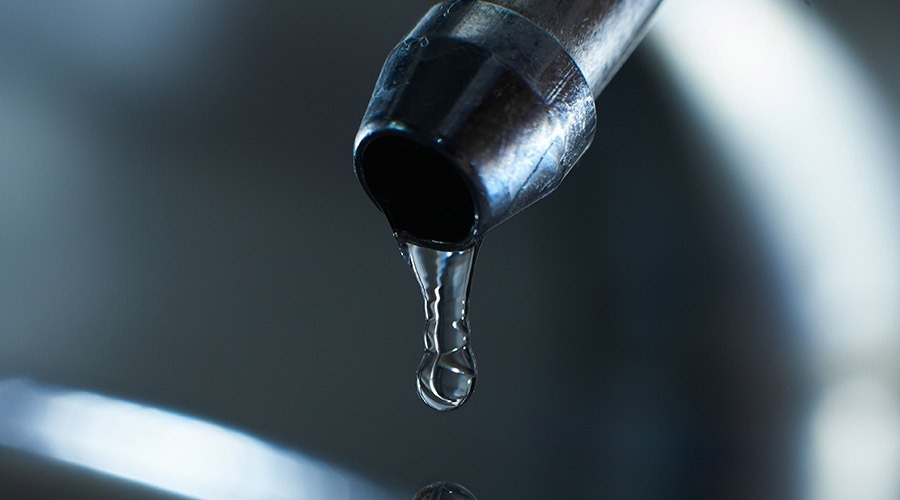A Guide to Simple Leak Detection Techniques and When to Call a Professional

Leaks can be sneaky and often go unnoticed until you’re faced with water damage or a spiking water bill.
Fortunately, there are some simple ways to detect leaks early before they lead to more serious issues.
In this guide, we’ll walk you through easy leak detection techniques and explain when it’s time to call a professional.
Understanding Common Sources of Leaks
Leaks can happen in different areas of your home, and knowing the usual suspects can help you figure out where to look first. The most frequent causes of leaks include pipes, roofing, fixtures, and foundations. Over time, pipes can corrode, crack, or burst, especially in older homes. Damaged or rusty pipes are one of the main culprits of leaks, often leading to bigger plumbing problems if not addressed quickly.
Roofing problems, such as missing or damaged shingles, allow water to seep into your attic or ceilings, causing unsightly stains or, worse, structural damage. Inside the home, faucets and toilets are notorious for small leaks that often go unnoticed. Even a slow drip can add up over time, wasting water and raising your bill. Lastly, water can find its way through cracks in your home’s foundation, leading to basement flooding or long-term structural damage. Addressing these issues quickly is crucial to protecting your home’s integrity.
Simple Leak Detection Techniques
There are a few easy methods you can use to check for leaks around your home. These techniques don’t require special equipment and can save you a lot of trouble if you catch a leak early.
1. Carry Out a Visual Inspection
Start with a basic visual inspection by walking through your home and looking for signs of leaks. Water stains on ceilings, walls, or floors are telltale signs of a leak. Discolored patches, especially in areas near plumbing, are often indicators of a problem. If you notice mold in places where it shouldn’t be, it could also be a sign that water is leaking nearby. Damp areas on floors, carpets, or walls might signal a hidden leak as well. Pay close attention to spots around appliances like dishwashers, washing machines, and fridges, as well as areas near plumbing fixtures.
2. Listen for Drips
Sometimes, you’ll hear a leak before you see it. In a quiet house, the sound of dripping water can alert you to trouble, even if the leak is hidden behind walls or under floors. If you hear water but can’t immediately find the source, focus on listening near walls where plumbing runs. The sound of a constantly running toilet is also a sign of an internal leak. You might not notice it right away, but if you hear water trickling long after flushing, it’s time to investigate.
3. Check Your Water Meter
One of the best ways to confirm you have a hidden leak is by using your water meter. To test it, first, turn off all water sources in your home, including outdoor faucets. Write down the current reading on your water meter and wait for about an hour, making sure no water is used during that time. After an hour, check the meter again. If the numbers have changed, there’s likely a leak somewhere in your plumbing system.
4. Inspect Toilets with a Dye Test
Toilets are one of the most common sources of leaks in homes, and they’re often tricky to spot because the leaks usually happen inside the toilet tank. Luckily, there’s a simple test to check if your toilet is leaking. Add a few drops of food coloring to the toilet tank and wait for about 30 minutes without flushing. If the colored water shows up in the bowl, that means you leak—likely due to the flapper or another internal component.
5. Monitor Your Water Bill
Keeping an eye on your water bill is another easy way to detect leaks. If your bill suddenly spikes for no apparent reason, it’s a strong sign that water is leaking somewhere in your home, even if you haven’t spotted any obvious issues yet.
6. Use a Moisture Meter
If you have a moisture meter, you can use it to detect hidden leaks within walls or ceilings. These meters measure the moisture levels in materials and can indicate whether there’s an unusual amount of dampness, which could point to a hidden leak.
For more information, continue reading about A Guide to Simple Leak Detection Techniques and When to Call a Professional at - https://www.voyagerplumbing.com/blog/leak-detection-techniques/
- Industry
- Art
- Causes
- Crafts
- Dance
- Drinks
- Film
- Fitness
- Food
- Jocuri
- Gardening
- Health
- Home
- Literature
- Music
- Networking
- Alte
- Party
- Religion
- Shopping
- Sports
- Theater
- Wellness
- News


